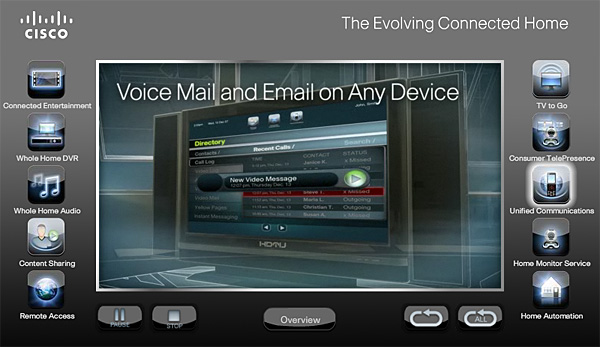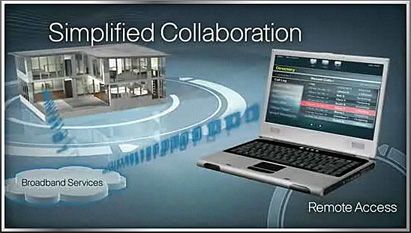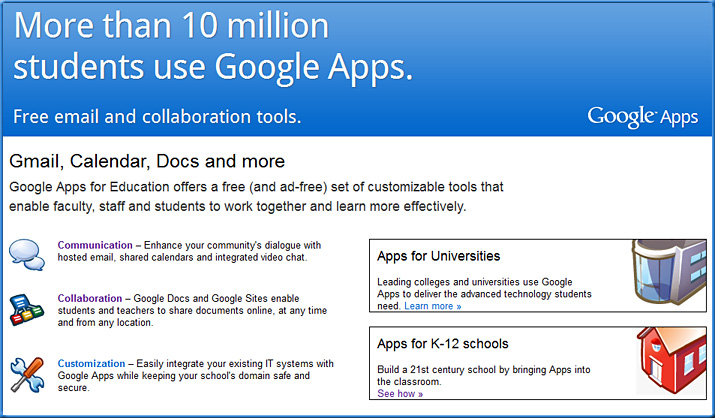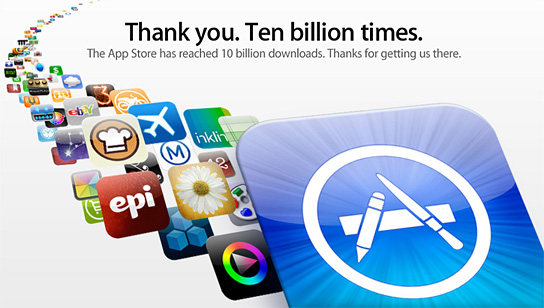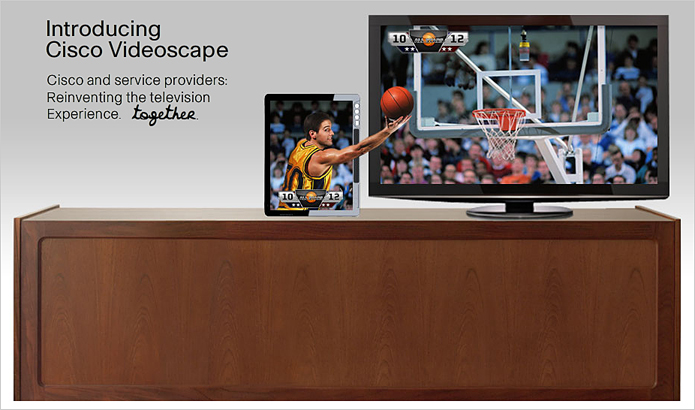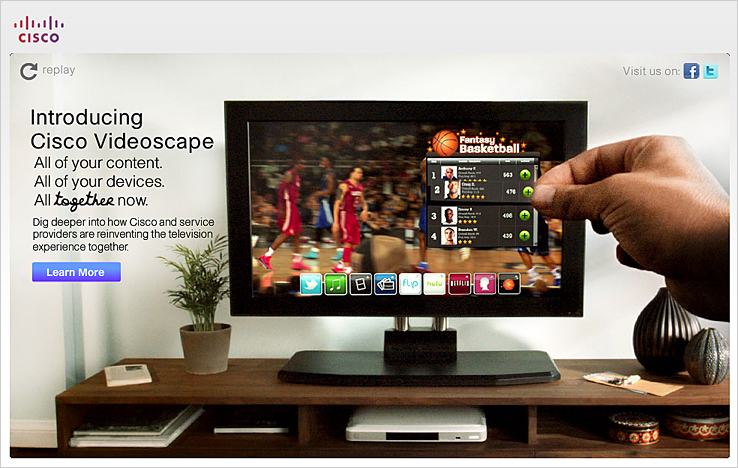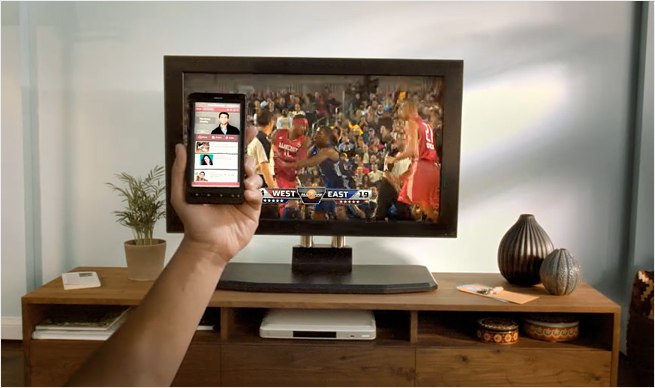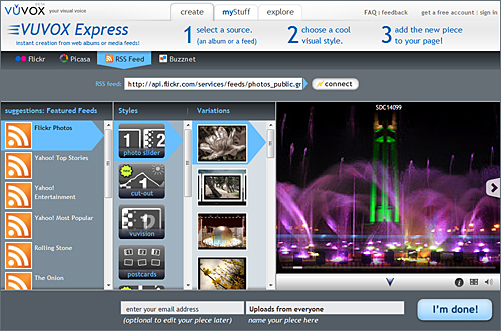From DSC:
Steve Taffee makes some good points in his blog posting entitled, “What if your cloud evaporates?”
When vendors offering cloud-based apps and services suddenly no longer support or offer a product line or they begin charging for what was previously free, etc. — this creates a significant issue. Quoting Steve’s posting:
The off-again, on-again fate of the social bookmarking service Delicious led to considerable angst among its users, with the discussion among some educational technologists broadening to include all cloud-based services and scenarios of suddenly being without access to mission critical services.
This is another reason why I entitled this blog Learning Ecosystems — because all of the people, tools, and things that can contribute to our learning are often in a constant state of flux/change. So we are forced to adapt. However, this is easier said than done when suddenly 10,000 students can’t access application ABC or service XYZ on the cloud. This is a truly problematic situation. It won’t stop cloud computing from moving forward, but it would sure be helpful if vendors would be required to give some sort of “heads-up” to help us address this issue and find alternatives well in advance of having to make a switch.









